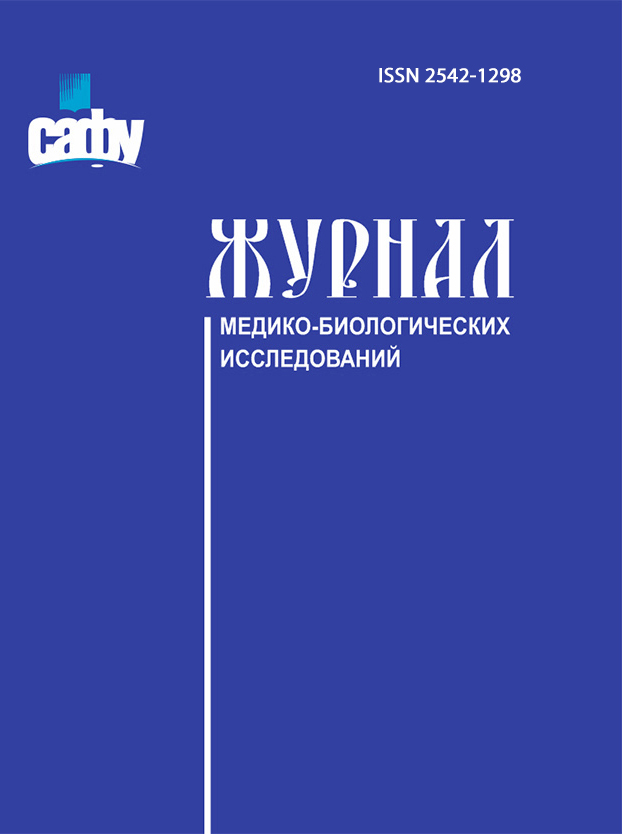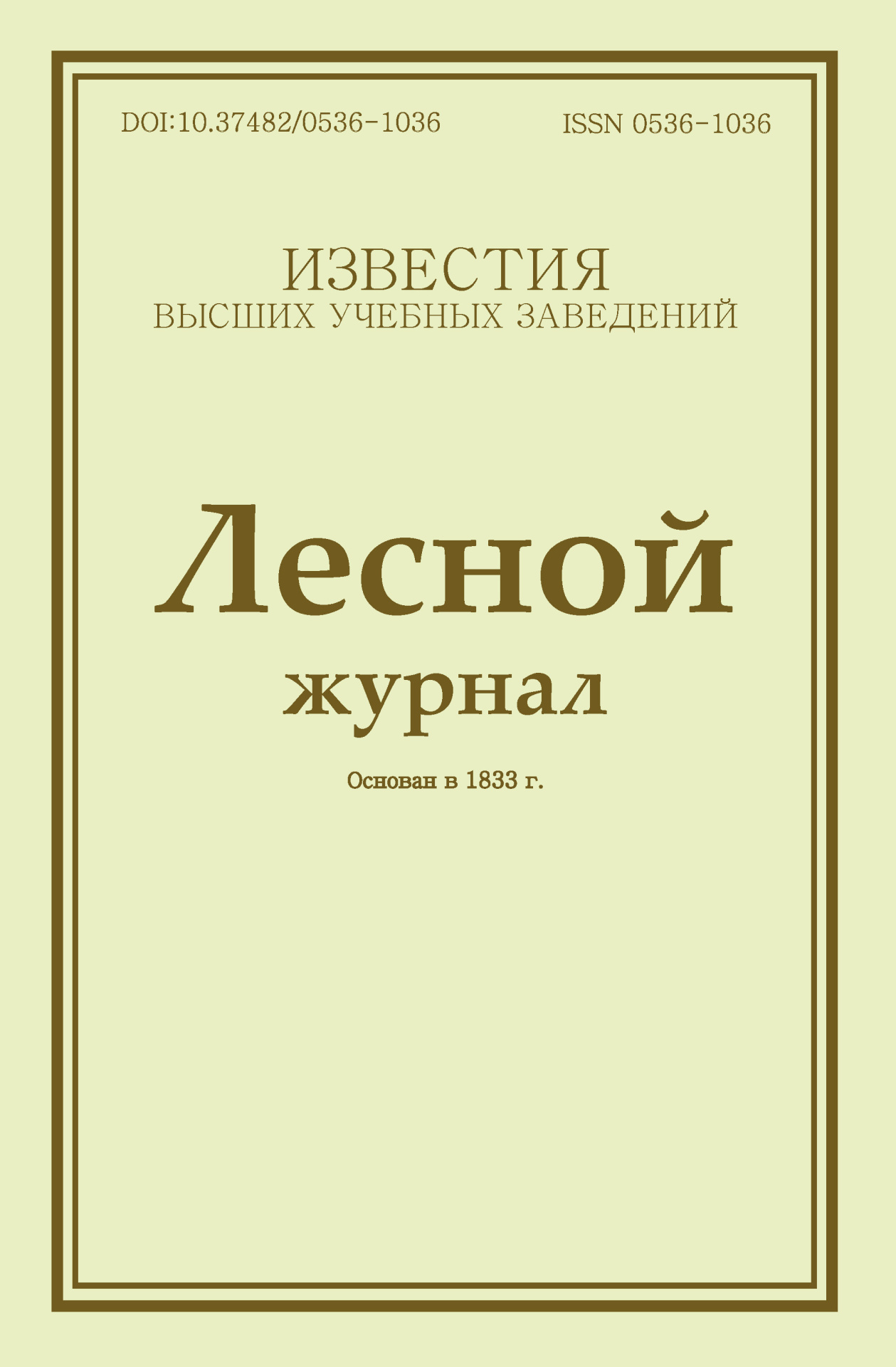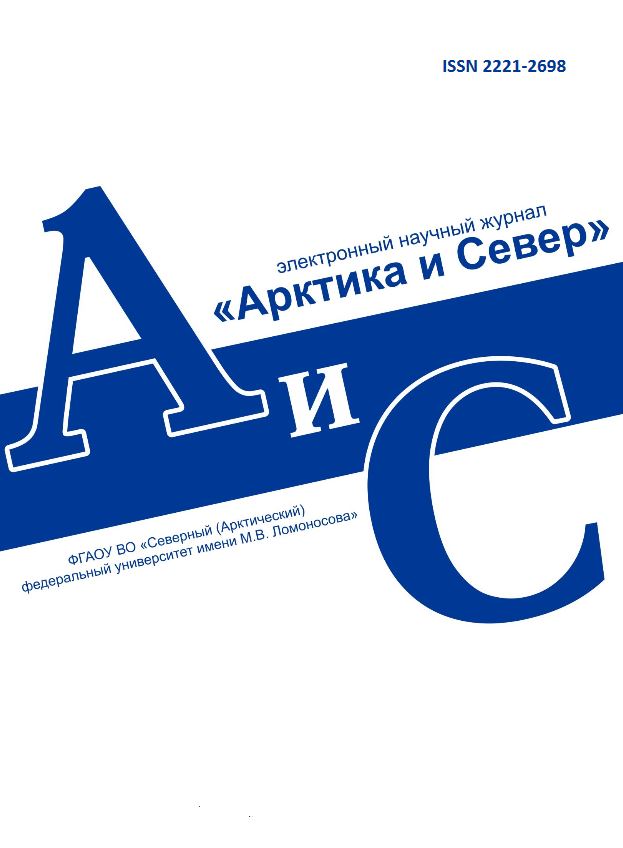
Vestnik of Northern (Arctic) Federal University.
Series "Humanitarian and Social Sciences"
ISSN 2227-6564 e-ISSN 2687-1505 DOI:10.37482/2687-1505
Legal and postal addresses of the founder and publisher: Northern (Arctic) Federal University named after M.V. Lomonosov, Naberezhnaya Severnoy Dviny, 17, Arkhangelsk, 163002, Russian Federation Editorial office address: Vestnik of Northern (Arctic) Federal University. Series "Humanitarian and Social Sciences", 56 ul. Uritskogo, Arkhangelsk
Phone: (8182) 21-61-20, ext. 18-20 ABOUT JOURNAL |
Section: Philosophy Download (pdf, 0.5MB )UDC130.2DOI10.37482/2687-1505-V313AuthorsNikita O. KharakterovLomonosov Moscow State University; Leninskie gory 1, Moscow, 119991, Russian Federation; ORCID: https://orcid.org/0009-0009-4380-3288 e-mail: xarakterov@yandex.ru AbstractThis article deals with the main stages of historical reenactment, its differences from role-playing games as well as its use as a way of actualizing cultural memory. The author analyses this type of activity from the point of view of anthropology, cultural studies and sociology, based on the works of Johan Huizinga and Roger Caillois. Apparently, this hobby is popular among metropolitans due to an interest in a different way of life, from which unusual practices can be borrowed. Within the framework of historical reenactment as a game, scientific and educational practice, two main directions can be distinguished: military (recreation of ammunition and specific features of military art) and civilian (reenactment of the everyday life of a particular era). Both of them involve recreating material culture, mentality and behaviour. Three main types of historical reenactment can be singled out: military, artisan and educational. Particular attention is paid here to military reenactment as it emerged first. This type of activity has two aspects, one of which is related to the recreation of material culture, namely, the manufacture, storage and maintenance of recreated weapons, while the other is related to changing the way of thinking and behaviour of both the reenactors and the spectators at the event (in particular, to reenacting the culture of weapons handling) as well as to using the recreated weapons to visualize the educational process, and to the anthropomorphization of weapons. In addition, the article analyses the correlation between mediaeval chivalry and reenacted chivalry as the most vivid example of practices recreated and used in war reenactment.Keywordshistorical reenactment, experimental archaeology, war reenactment, weapon reconstruction, cultural memory, J. Huizinga, R. CailloisReferences
|
Make a Submission
INDEXED IN:
|
Продолжая просмотр сайта, я соглашаюсь с использованием файлов cookie владельцем сайта в соответствии с Политикой в отношении файлов cookie, в том числе на передачу данных, указанных в Политике, третьим лицам (статистическим службам сети Интернет).






